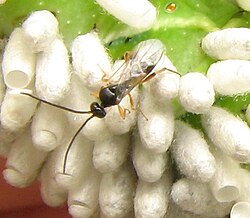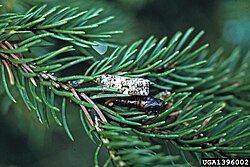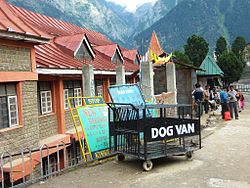Pest control

Pest control is group of methods to control some species of animals and plants that humans think are harmful to their health, economy or ecology.[1]
Pest control is as old as agriculture, because there has always been a need to keep crops free from pests. In order to get best results from food production there was always need to protect crops from competing plants trying to kill a crop to grow in its place.[2]
Managing or controlling pests can be done several ways. Killing them is common (using the services of an exterminator or doing it yourself). But, there are humane methods of pest control too. These include using sound to deter or repel pests and making changes around the property to prevent pests from entering.
Insects and wildlife enter buildings mainly for food, shelter, and warmth. The areas typically affected are the attic, the basement, and the roof. Homeowners can do some things to make sure they do not make an environment that's attractive to pests.
Pest Control Media
Red weaver ants, here feeding on a snail, have been used to control pests in China, Southeast Asia, and Africa for many centuries.
Sign in Ilfracombe, England designed to help control seagull presence
Biological pest control: parasitoid wasp (Cotesia congregata) adult with pupal cocoons on its host, a tobacco hornworm Manduca sexta (green background)
Cultivation by ploughing exposes insect pests to predators such as black-headed gulls.
Spruce budworm (adult and pupa shown), a serious pest of forests, can be monitored using pheromone traps.
A contemporary wood engraving of varmint hunters shooting passenger pigeons, a varmint species that was known to damage crops. Overhunting resulted in complete extinction of the species.
Dog control van, Rekong Peo, Himachal Pradesh, India
References
- ↑ "Bacillus thuringiensis". Archived from the original on 2015-09-06. Retrieved 2013-04-09.
- ↑ Woody, Todd (20 September 2010). "A Crop Sprouts Without Soil or Sunshine".
[1] Archived 2016-06-24 at the Wayback Machine







